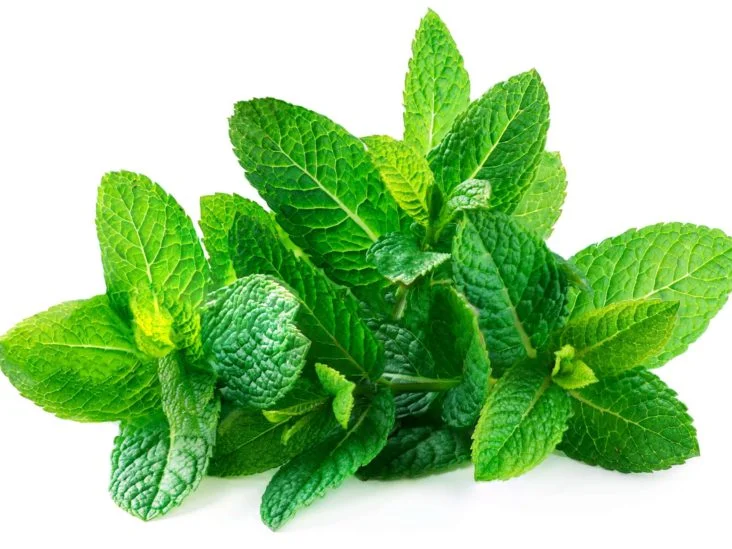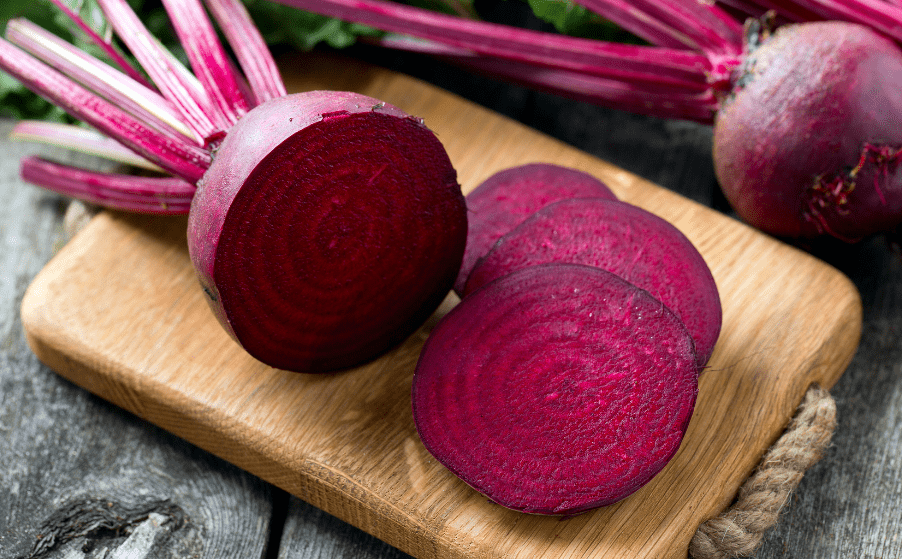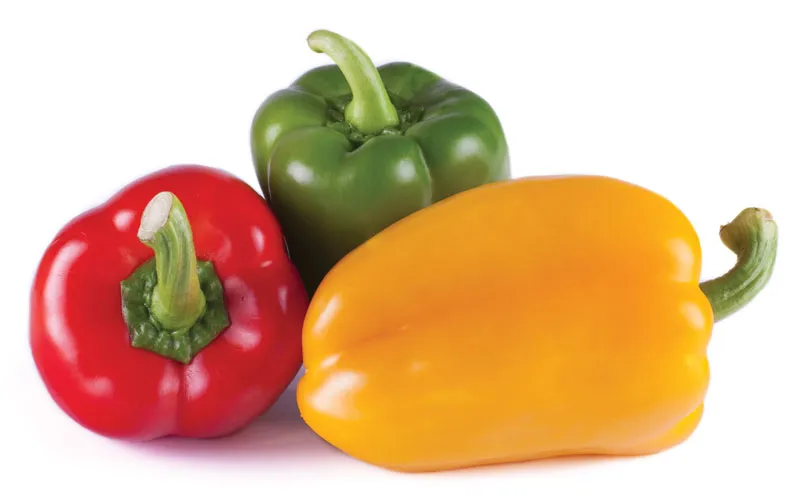
Description
Mints have square stems and leaves with contrasting scents. Many can spread vegetatively by stolons and are aggressive in gardens. The small blooms, which are usually light purple, pink, or white, are arranged in whorls or a terminal spike. With four rather than five joined petals, the blooms differ from other members of the family. Resinous spots in the leaves and stems hold the volatile oils.
Varieties
There are numerous varieties of mint, each with a distinct flavor and look.
Mentha x piperita, which has a sweet, minty flavor, is a common kind of mint.
Mentha x piperita f. citrata ‘Chocolate’: Chocolate mint is a close relative of peppermint and has leaves that smell and taste minty-chocolate.
Mentha spicata: One of the finer mints to utilise as a ground cover in a landscape, spearmint is great for enhancing drinks and salads.
Orange mint, also known as Mentha piperita citrata, is one of the tangiest mints with a fruit flavor.
Apple mint, also known as Mentha suaveolens, blends the flavors of mint and apple.
Pineapple mint is a variegated variety of apple mint.

Uses
Numerous species, particularly peppermint and spearmint, are used as flavoring in liqueurs, toothpastes, and food products. Mint essential oils are utilized as perfumes in perfumery. Certain species are often used in herbal medicine.
Nutrition
Fresh peppermint, in one tablespoon, contains:
1 calories
Gram of carbohydrates: 0
Less than 1 g of fiber
Cultivation
It is advised to grow mint in containers to prevent it from wreaking havoc on other parts of your garden. The best container is one made of unglazed clay with lots of drainage holes so that excess soil moisture may escape through both the perforations and the container walls. Keep the soil moist, but not waterlogged, and use a high-quality potting mix.
Consider carefully where you set the container. Long stems that come into contact with the soil nearby may root. The optimum location for the pot is a patio or paved area. To prevent the roots from escaping the container and entering the surrounding soil if the pot is being placed in a garden, add a second layer of landscaping cloth inside the pot over the drainage holes.
Although mint may grow in a variety of soil types, it favours rich soil with a pH range of slightly acidic to neutral. It’s also crucial to have good soil drainage. Mint plants enjoy moisture, but their roots can rot in damp soil.
Table





